Poor and marginalized communities are the most affected by global warming, and they have the least resources to cope with the climate crisis. Pakistan aims to show that it is possible to lift people out of poverty while also tackling the climate emergency.
ISLAMABAD – The number of days each year when the temperature exceeds 50°C (122°F) has doubled since the 1980s, and occurs in more places than ever. This extreme heat is having a dramatic effect on the health of humans, animals, and the environment. According to a recent World Bank report on climate migration, over the next 30 years, 216 million people could be displaced by rising temperatures, water scarcity, and declining crop productivity. They will be forced to abandon their communities and livelihoods in search of better prospects.
When the temperature in Jacobabad, Pakistan reached 52°C in June, those with the means to leave did so. The poor had no choice but to try to survive in the face of punishing heat and water shortages.
This story of haves and have-nots rings true around the world. It demonstrates how poor and marginalized communities often are the most affected by the manifestations of climate change. While it is still possible to slow and potentially correct the climate emergency if immediate and dramatic action is taken, some changes to the environment already are unavoidable. To ensure that people can continue to live in cities like Jacobabad, radical action on global warming must be paired with progressive poverty reduction policies to build stronger communities.
Pakistan has placed these twin objectives – social welfare and climate action – at the heart of its long-term legislative agenda. Initiatives are being developed to bring communities together while restoring vital ecosystems. The Ten Billion Tree Tsunami already is creating green jobs while laying the groundwork for a healthy, sustainable economy.
Pakistan’s efforts to mitigate and adapt to climate change go hand in hand with the goal of creating the largest social protection program in the country’s history. Called Ehsaas (“compassion” in Urdu), the program aims to tackle the acute needs of those most at risk while investing in long-term equality and prosperity. Providing a safety net that prevents the poorest from falling through the cracks is the key to building a brighter future for everyone.
Because Pakistan is on the frontline of climate change, any social welfare strategy must include mechanisms that are sufficiently flexible to respond to disasters. Ehsaas recently completed Pakistan’s largest-ever socioeconomic registry, gathering data on 38 million households. Thanks to the information in the registry, Ehsaas will be better placed to predict which families and farmers are vulnerable to disasters like droughts and provide cash payments accordingly. We know this system works – when lockdowns to prevent the spread of COVID-19 were implemented virtually overnight, emergency cash assistance was delivered through the Ehsaas Emergency Cash initiative, keeping 15 million families from falling deeper into poverty.
Many of Pakistan’s poorest live from hand to mouth, and they remain the first and hardest hit by spikes in food prices, which climate change is exacerbating. Extreme weather events limit the ability of families living at or below the poverty line to acquire nutritious food. A lack of access to healthy food results in childhood stunting, which has a significant, long-term effect on overall development, including brain growth. We know that a child’s access to nutritious food and health care in the first 1,000 days of life plays a crucial role in determining overall lifetime health. To protect children and families from the negative effects of poor nutrition and intergenerational poverty, Pakistan is investing in a conditional cash transfer program, which is being expanded throughout the country despite the financial constraints caused by the pandemic.
Poor health also undermines households’ ability to break the cycle of poverty. When people must spend time and money on health care instead of food, education, or saving for unexpected emergencies, they are less prepared to respond to the next crisis. Since the launch of the Sehat Insaf Card in 2016, Pakistan’s welfare program has provided health care free of charge to more than 7.9 million families (or more than 50 million individuals). Providing access to quality health care irrespective of financial means is a way to build stronger communities and create a pathway to prosperity.
The climate crisis and endemic poverty are complex issues requiring policy frameworks that address multiple factors. There are obvious anti-poverty tools – including access to health services, quality education, and nutritional support – that can help. But taking significant steps to reduce the effects of climate change, like adopting carbon capture technology, developing affordable long-lasting batteries, and managing migration, calls for moral leadership, fiscal support, and global solidarity.
Pakistan aims to show that it is possible to lift people out of poverty while also tackling the climate emergency. As a global community, we face many challenges in reducing greenhouse-gas emissions and adapting to a warming planet, and the challenges of reducing poverty and creating an inclusive sustainable economy are no less daunting. But we know that it is no longer possible to achieve one without the other.
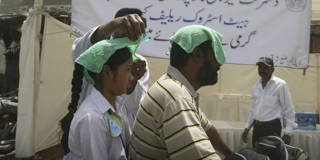
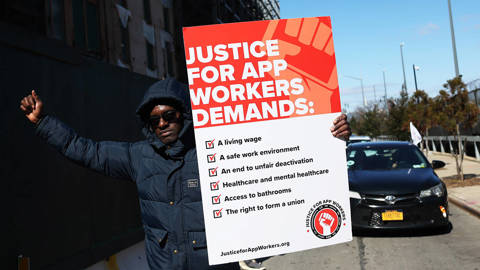
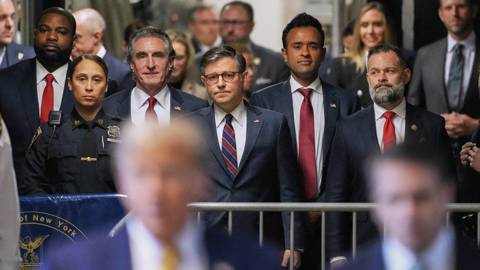
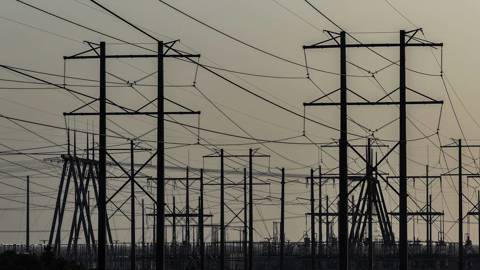
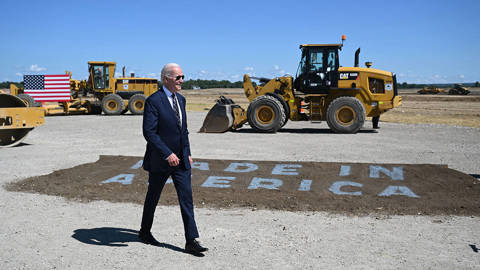

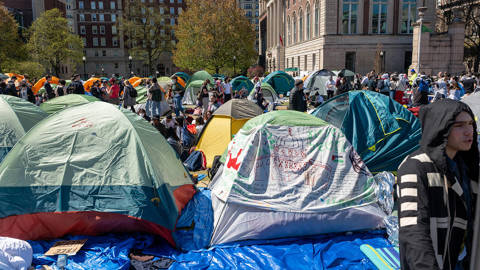
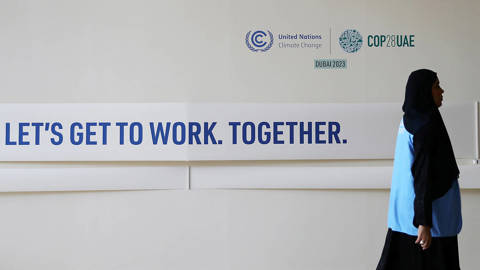
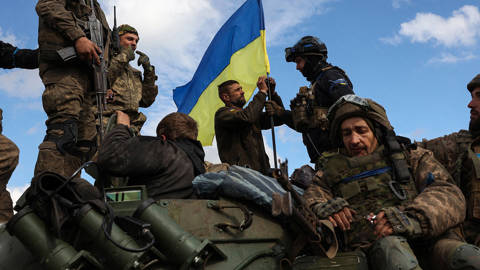
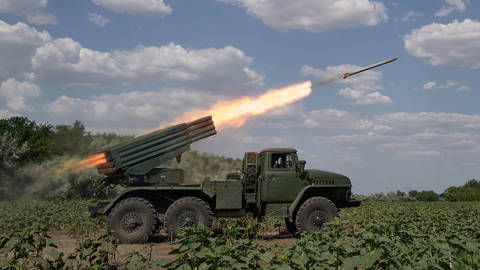
ISLAMABAD – The number of days each year when the temperature exceeds 50°C (122°F) has doubled since the 1980s, and occurs in more places than ever. This extreme heat is having a dramatic effect on the health of humans, animals, and the environment. According to a recent World Bank report on climate migration, over the next 30 years, 216 million people could be displaced by rising temperatures, water scarcity, and declining crop productivity. They will be forced to abandon their communities and livelihoods in search of better prospects.
When the temperature in Jacobabad, Pakistan reached 52°C in June, those with the means to leave did so. The poor had no choice but to try to survive in the face of punishing heat and water shortages.
This story of haves and have-nots rings true around the world. It demonstrates how poor and marginalized communities often are the most affected by the manifestations of climate change. While it is still possible to slow and potentially correct the climate emergency if immediate and dramatic action is taken, some changes to the environment already are unavoidable. To ensure that people can continue to live in cities like Jacobabad, radical action on global warming must be paired with progressive poverty reduction policies to build stronger communities.
Pakistan has placed these twin objectives – social welfare and climate action – at the heart of its long-term legislative agenda. Initiatives are being developed to bring communities together while restoring vital ecosystems. The Ten Billion Tree Tsunami already is creating green jobs while laying the groundwork for a healthy, sustainable economy.
Pakistan’s efforts to mitigate and adapt to climate change go hand in hand with the goal of creating the largest social protection program in the country’s history. Called Ehsaas (“compassion” in Urdu), the program aims to tackle the acute needs of those most at risk while investing in long-term equality and prosperity. Providing a safety net that prevents the poorest from falling through the cracks is the key to building a brighter future for everyone.
Because Pakistan is on the frontline of climate change, any social welfare strategy must include mechanisms that are sufficiently flexible to respond to disasters. Ehsaas recently completed Pakistan’s largest-ever socioeconomic registry, gathering data on 38 million households. Thanks to the information in the registry, Ehsaas will be better placed to predict which families and farmers are vulnerable to disasters like droughts and provide cash payments accordingly. We know this system works – when lockdowns to prevent the spread of COVID-19 were implemented virtually overnight, emergency cash assistance was delivered through the Ehsaas Emergency Cash initiative, keeping 15 million families from falling deeper into poverty.
SPRING SALE: Save 40% on all new Digital or Digital Plus subscriptions
Subscribe now to gain greater access to Project Syndicate – including every commentary and our entire On Point suite of subscriber-exclusive content – starting at just $49.99.
Subscribe Now
Many of Pakistan’s poorest live from hand to mouth, and they remain the first and hardest hit by spikes in food prices, which climate change is exacerbating. Extreme weather events limit the ability of families living at or below the poverty line to acquire nutritious food. A lack of access to healthy food results in childhood stunting, which has a significant, long-term effect on overall development, including brain growth. We know that a child’s access to nutritious food and health care in the first 1,000 days of life plays a crucial role in determining overall lifetime health. To protect children and families from the negative effects of poor nutrition and intergenerational poverty, Pakistan is investing in a conditional cash transfer program, which is being expanded throughout the country despite the financial constraints caused by the pandemic.
Poor health also undermines households’ ability to break the cycle of poverty. When people must spend time and money on health care instead of food, education, or saving for unexpected emergencies, they are less prepared to respond to the next crisis. Since the launch of the Sehat Insaf Card in 2016, Pakistan’s welfare program has provided health care free of charge to more than 7.9 million families (or more than 50 million individuals). Providing access to quality health care irrespective of financial means is a way to build stronger communities and create a pathway to prosperity.
The climate crisis and endemic poverty are complex issues requiring policy frameworks that address multiple factors. There are obvious anti-poverty tools – including access to health services, quality education, and nutritional support – that can help. But taking significant steps to reduce the effects of climate change, like adopting carbon capture technology, developing affordable long-lasting batteries, and managing migration, calls for moral leadership, fiscal support, and global solidarity.
Pakistan aims to show that it is possible to lift people out of poverty while also tackling the climate emergency. As a global community, we face many challenges in reducing greenhouse-gas emissions and adapting to a warming planet, and the challenges of reducing poverty and creating an inclusive sustainable economy are no less daunting. But we know that it is no longer possible to achieve one without the other.